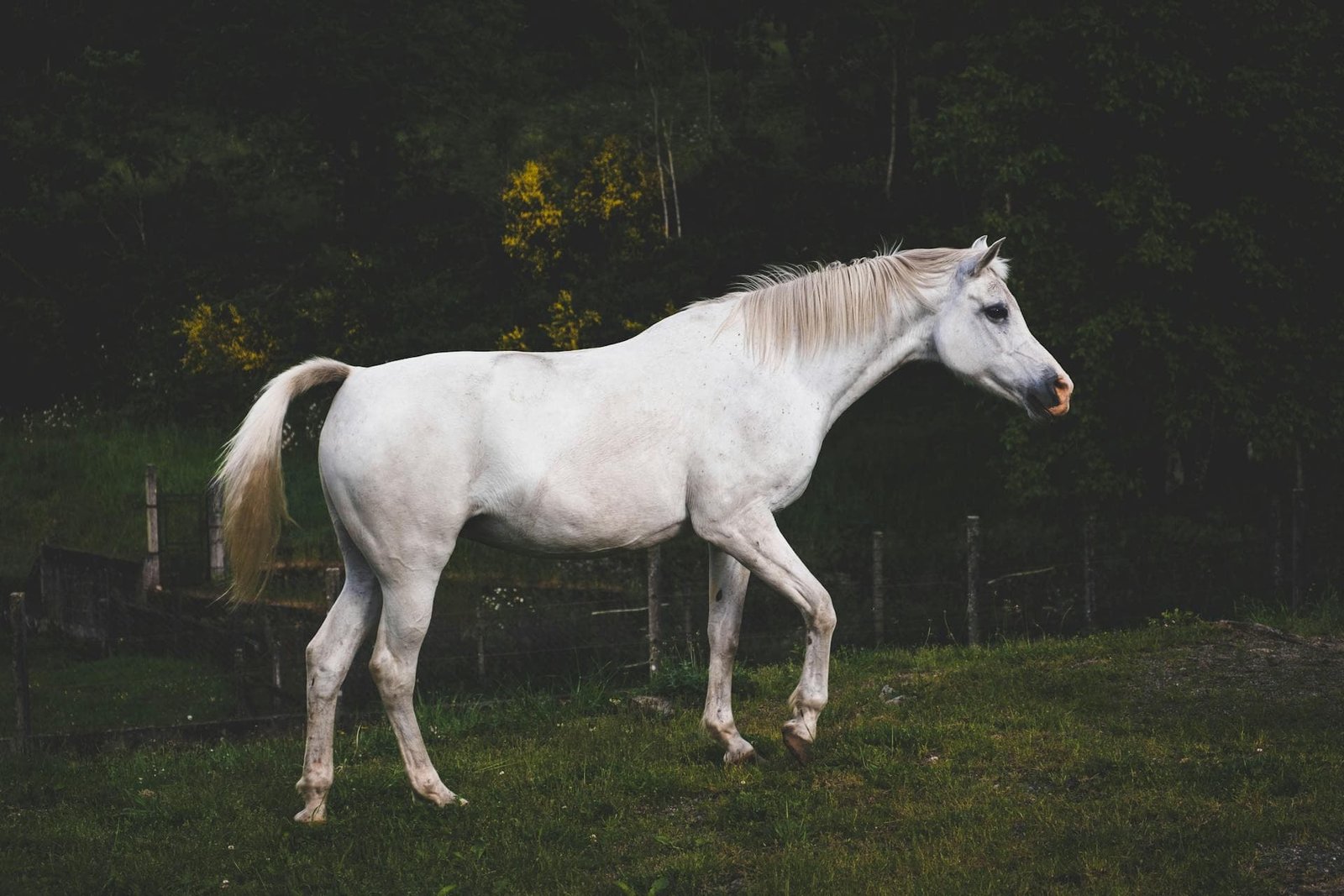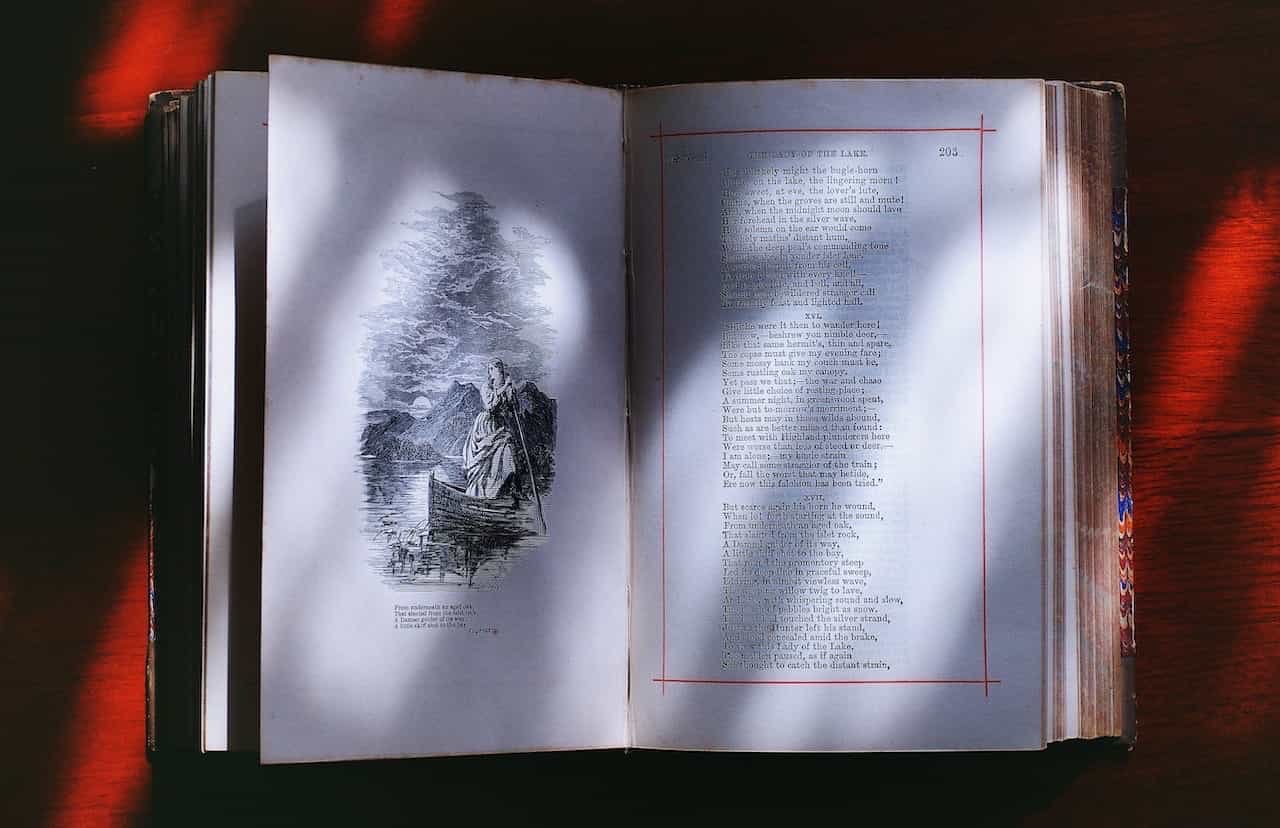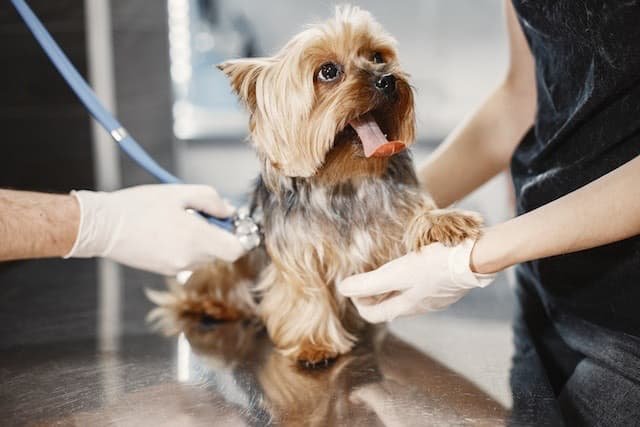TABLE OF CONTENTS
Lactation Tetany of Mares
Lactation tetany of mares also known as eclampsia and transport tetany in mares (female horses). Lactation tetany of mares is caused by hypocalcemia and is characterized by abnormal behaviour progressing to in coordination and tetany.

Etiology
It occurs after prolonged exertion or transport and in lactating mares due to acute depletion of serum ionised calcium levels.
Epidemiology
- Mostly occur in lactating mares, either at about the 10th day after foaling or 1-2 days after weaning.
- Heavy flow milking
- Stress due to works
- Transport stress
Pathogenesis
Decreased serum calcium levels; its related to the degree of hypocalcemia:
- When serum calcium level is about 8 mg/dl the only sign present in excitability.
- At 5-8mg/dl of Calcium- Tetanic spasm and slight incoordination.
- Less then 5mg/dl of Calcium- Recumbency and stupor occur.
Clinical Signs
- Profuse sweating
- Muscular fibrillation particularly of masseter muscle and shoulder region
- Trismus ( spasmodic contraction of the muscles of mastication but no prolapsed of 3rd eyelid)
- Normal pulse at early stages but later on rapid and irregular pulse
- Rapid and violent respiration
- Normal or slightly elevated temperature
- Dysphagia
- Oliguria / even anuria and constipation
- Difficulty in moving
- Stiffing gait and incoordination
- Within 24 hours, animal goes down then tetanic convulsions develops, death occur within 48 hours due to respiratory failure.
Treatment
Intravenous administration of calcium borogluconate 300-500ml of 25% Calcium borogluconate per 500kg mare.
Prevention
Single IV or SC injection of crystalline Vitamin D at 10 million IU immediately after foaling and repeated at weaning time for lactating mares.

